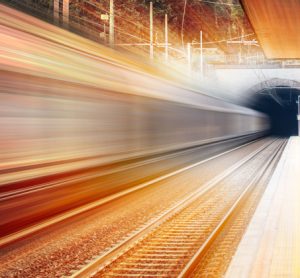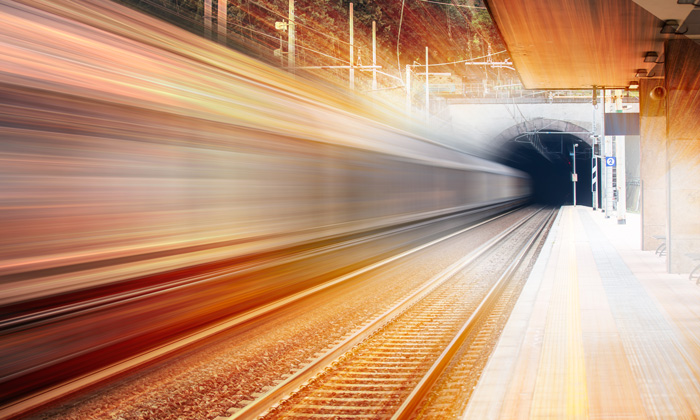ERTMS: offering an end-to-end solution to all transport organisations
3 December 2008 | By Robert Sarfati, Director Consultant at SYSTRA, Chairman of the UIC ERTMS/GSM-R Operators Group and Chairman of ETSI Technical Committee for Rail Telecommunications
GSM-R is the bearer for ERTMS/ETCS, the European Train Control System, gradually introducing a true intelligent traffic management system all over the railway lines in Europe. This global system is now extending to several countries worldwide as a recognised operating system.





